Although Japan has more than 8,000 Shinto shrines, the original shrine buildings did not exist as we know them today. So, then, when and why were they built? And how did they develop? This article explains the origins and evolution of shrines through the ages.
Table of Contents
- Birth of Shinto Shrine: Shinto Shrine History
- From the 6th century onwards
- From the 8th century onwards
- Syncretism of Shinto and Buddhism
- From the 12th century onwards
- From the 14th century onwards
- From the 16th century onwards
- From the 19th century onwards
- What is the purpose of Shinto Shrines?
- Who made the first Shinto Shrine?
- Shinto shrine entrance as Shinto symbol
1. Birth of Shinto Shrine: Shinto Shrine History
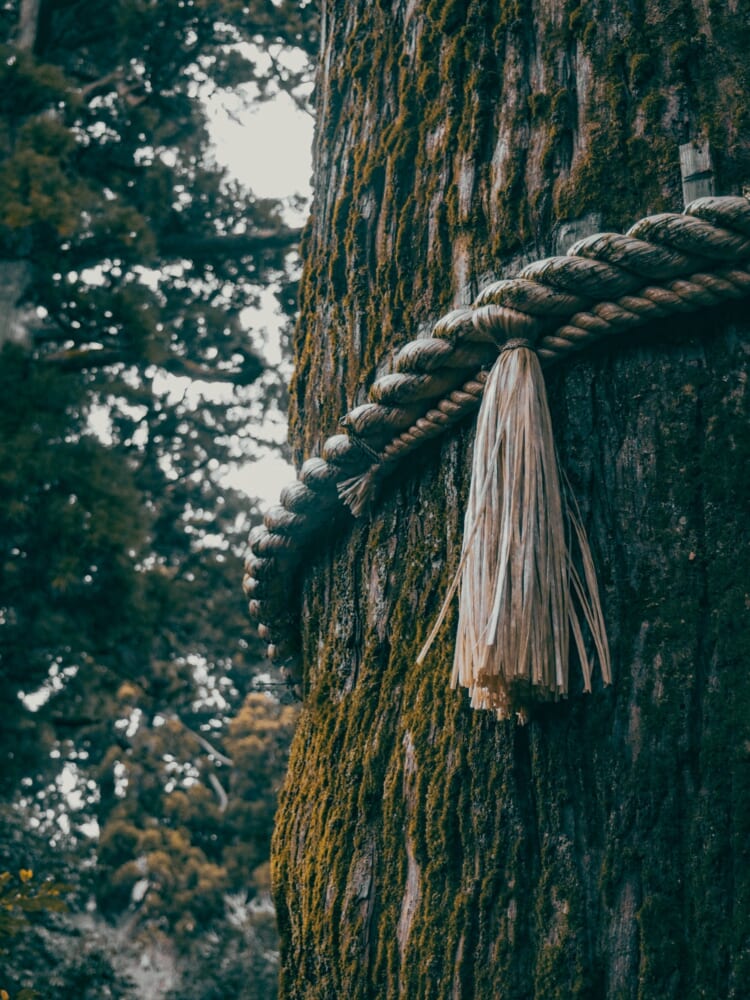
To understand the origins of Shinto shrines, it is first necessary to understand the origin of Shinto itself in nature worship, which has existed in Japan since ancient times.
In the Jomon period (BC 14000-), before the rice culture, people worshipped mountains, forests, and beasts as “spirits.
In the Jomon period, Spirits were supernatural beings or forces that did not have physical bodies. Japanese believed them to be spirits or souls that dwelled in the natural world.
After this, the people, who had been primarily hunter-gatherers, shifted to a culture of rice cultivation, which stabilized food productivity.
The promotion of this agrarian culture transformed people’s religious beliefs. As a result, they began to worship the guardian deities of agriculture.
Worship of the sun, which brought fertility to crops, and water, which was essential for rice growth, increased, and the culture of worshipping the sun god and agricultural deities matured.
The shrine’s origins are derived from the iwakura, or rock, on which the gods were believed to descend, and the himorogi, which was made when performing Shinto rituals.
Himorogi is more like an altar than a building and is set up only during Shinto rituals. This is the remnant of the fact that many older shrines do not have the main hall.
As time progressed, these were replaced by permanent structures called yashiro or miya.
From the 6th century forward: Introduction of Buddhism
Why did Shintoism, which did not require buildings, come to erect shrine pavilions called Shinto shrines? It is deeply related to the introduction of Buddhism in Japan.
The influence of clear teachings and glittering Buddhist statues and temples was significant.
People debated the consistency of their beliefs with Buddhism and the Japanese deities they had previously worshipped.
Thus, it became necessary for Shinto to have more splendid structures as well.
From the 8th century onwards: Distinction between two “matsurigoto”
By the beginning of the Nara period (710-794), the Ritsuryo (law and ordinance) system of Shinto rituals was established,
Subsequently, the court-appointed Shinto priests at the center to handle national rituals and shrine administration.
This led to the institutional distinction between “festivals” (matsurigoto) and “government” (matsurigoto).
Shrines throughout the country were the guardian forests of the village and a place for all to gather together.
Therefore, the imperial court intended to take control of the people by organizing shrines.
Syncretism of Shinto and Buddhism
After the Taika Reform, Buddhism became increasingly prosperous and approached Shinto. As a result, the Imperial Court established temples attached to shrines in various regions and appointed priests to these temples.
The temples were called “Jingu-Ji” and treated with the same status as Shinto gods and Buddha. Thus, the syncretization of Shinto and Buddhism began.
Until the early Heian period (794-1185), people’s belief in shrines was mainly based on the belief in the local deity of each area.
In the mid-Heian period, however, the belief in “kanjin” type shrines, in which powerful deities were worshipped beyond the local area, flourished. People built Inari, Hachiman, Tenjin, Ise (Shinmei), and other shrines in various regions and worshipped them.
From the 12th century onwards: Samurai period
What was the relationship between samurai and shrines?
Article 1 of the “Goseibai-shikimoku,” the fundamental law of the Kamakura shogunate and the foundation of Bushido, states that “one should repair shrines and devote oneself exclusively to performing Shinto rites. The Shogunate protected the Shinto gods and Buddha immensely.
From the 14th century onwards: Chaotic period
However, during the chaotic Nanbokucho period, the unifying power of the state was lost.
As a result, many shrines were devastated due to warfare.
On the other hand, the people’s belief in shrines flourished, and many “ko” organizations of famous shrines, such as Ise-ko and Kumano-ko, sprang up.
The word “ko” originally referred to a group of monks who studied Buddhist scriptures and to Buddhist rituals centered on subscription to these scriptures.
The word “ko” also refers to a group of people who hold religious events or who hold events and meetings in folk religion.
From the 16th century onwards: Protection and elimination
During the reigns of Nobunaga Oda and Hideyoshi Toyotomi, they came to protect temples and shrines that had been impoverished since the Warring States period.
On the other hand, both Nobunaga and Hideyoshi thoroughly suppressed temples and shrines, which interfered with political affairs.
Thus, from this period onward, samurai politics was marked by faith in shrines and temples and the elimination of political interference with them.
The warlords who ruled the area tremendously revered the shrines built in various places afterward.
And even today, we can see many of the structures donated by warlords.
In the Edo period (1603-1867), Buddhism became even more powerful, and the traditional government shrines became more Buddhist-oriented, further promoting the syncretism of Shinto and Buddhism.
However, the people’s belief in shrines took root in the local community regardless of the government’s intentions. Shinto shrines became increasingly popular as gathering places for the people.
From the 19th century onwards: Separation from Buddhism
Until the Edo period, politicians made extensive use of Buddhism to gain control of people’s minds.
However, during the Meiji period (1868-1912), the government abolished Buddhism and separated Shinto and Buddhism.
The new government promoted the construction of a centralized state centered on the emperor. It designated Shinto, also known as State Shinto, as the state religion.
However, people continue to be familiar with and respect shrines for seasonal events, celebrations, and daily expressions of gratitude, regardless of what politics dictates.
2. What is the purpose of Shinto Shrines? Shinto Shrine History
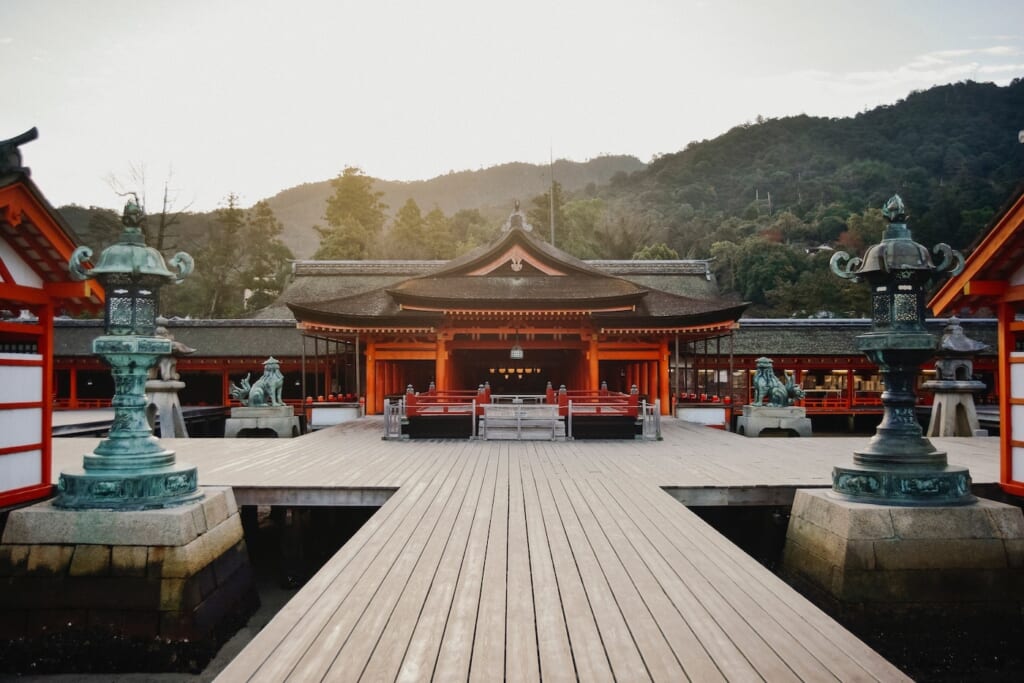
While people are free to make wishes, the temple is a place where they express their daily gratitude to the gods.
Many people also visit shrines for various prayers, Hatsumode (New Year’s visits), weddings, and other annual events.
In this way, shrines serve as reminders to express gratitude, which we tend to forget daily, and to return the good customs to our daily lives through ceremonies such as misogi at a hand-watering fountain.
3. Who made the first Shinto Shrine? Shinto Shrine History
There are various theories, but the oldest shrine is said to be Ohmiwa Jinja (Shinto Shrine), founded by the deity Okuninushi no Kami. Therefore, its foundation date was the age of the gods.
Located in Miwa, Sakurai City, Nara Prefecture, Miwa Mountain is the deity of Ohmiwa Jinja.
Consequently, there is no main shrine but an ancient Shinto shrine style in which the worshiper looks up to Mt. Miwa from the worship hall.
It enshrines the deity, Ohmononushi no Mikoto.
According to the Kojiki (Records of Ancient Matters), Ohmononushi appeared to Okuninushi of Izumo and asked to be enshrined on Mt. Miwa.
Ohmononushi said that enshrining him would make Ohkuninushi’s wish come true, to establish his country.
Since the Ohmiwa shrine doesn’t have its main shrine building but worships Mt. Miwa itself, it shows us the ancient style of Shinto worship.
This is why people assume Ohmiwa Jinja is the oldest Shinto Shrine in Japan.
3. Shinto shrine entrance as Shinto symbol: Shinto Shrine History
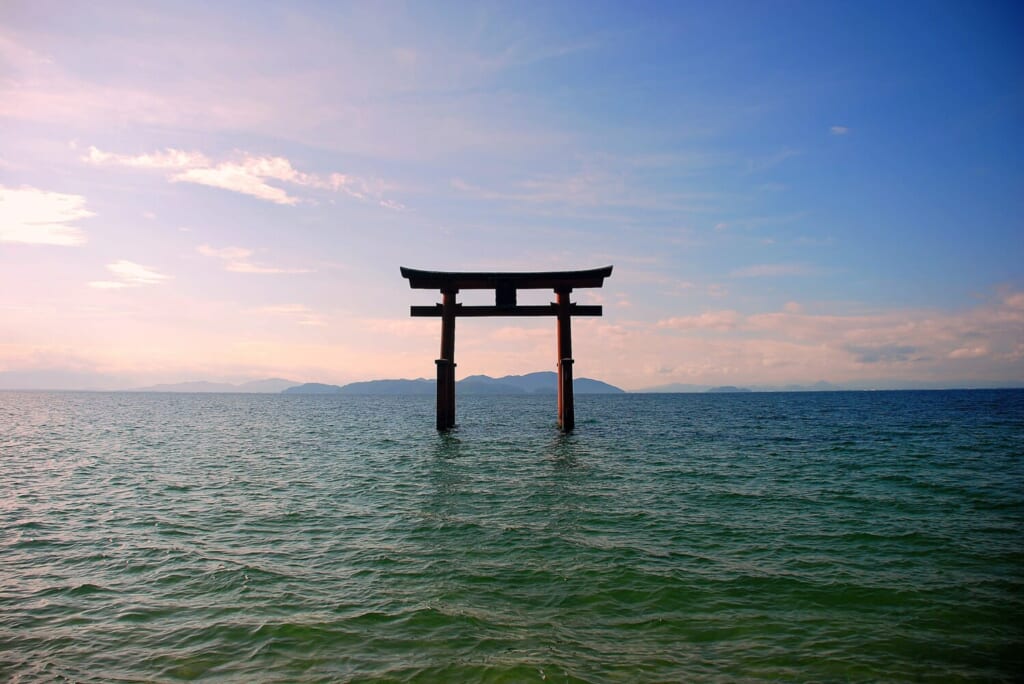
The torii gate is a Shinto symbol that separates the sacred area from the general public.
The most commonly known torii is the vermilion-colored one, which comes in various colors, materials, and architectural styles.
Japanese Shrine Gate, Torii: Boundary between the Secular and the Sacred


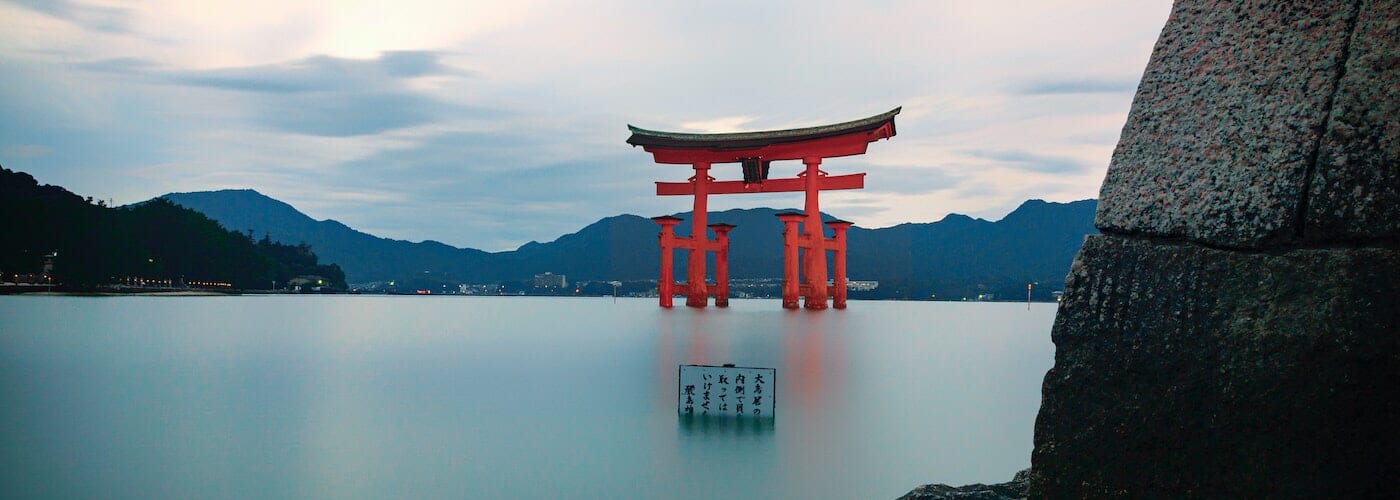
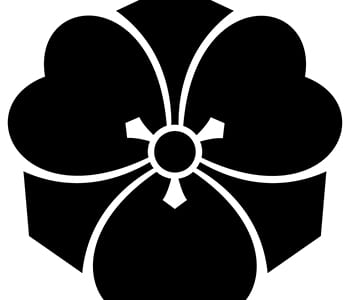
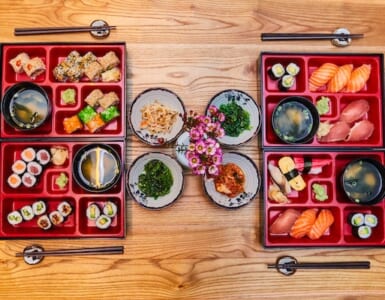
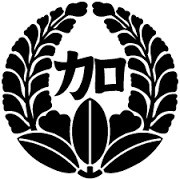


Add comment